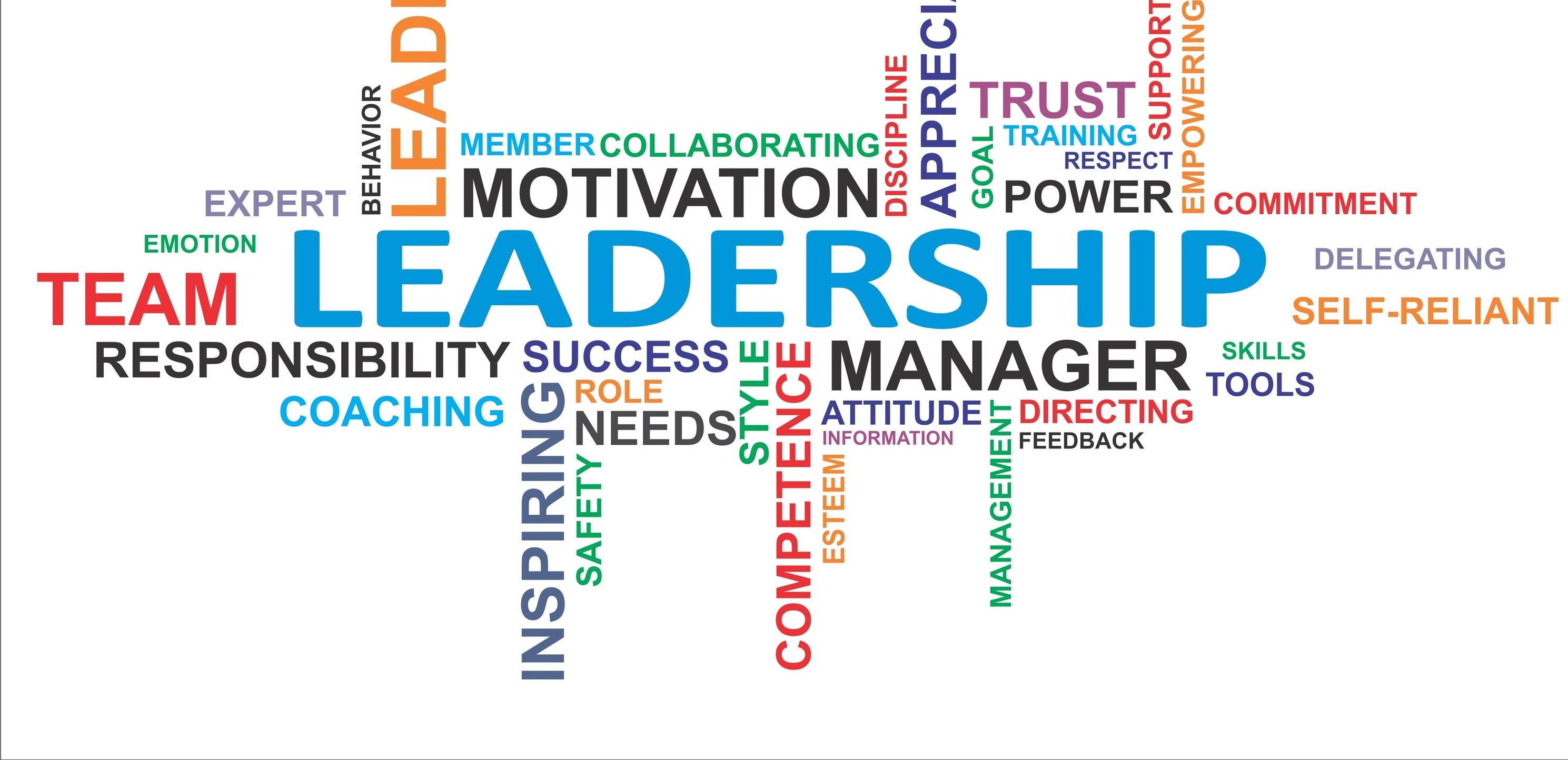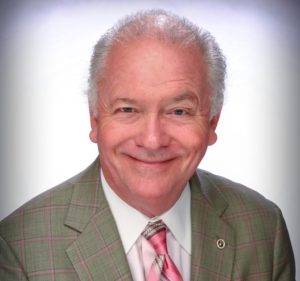
By Ken Tyler, Laundry Consultant
In any environment, leadership is a compelling intellectual force that moves people to action through consistent motivation. Leadership is, quite simply, effective or ineffective. There’s not much room for the middle of the road. In other words, you’re either a leader or someone who thinks they are a leader.
The common premise is that most leadership is usually ineffective. There is certainly evidence to support the thought that some aspects of individual leadership are ineffective and perhaps lacking, but there is also a great deal to get excited about. So, is anyone really up to the task these days?
Leadership takes passion. Consider tennis legend Andre Agassi. His passion is to educate kids, both in areas of academic excellence and personal development. He is an incredible inspiration and was featured in former President Bill Clinton’s book, Giving: How Each of Us Can Change the World.
Agassi has a proven formula for transforming the public education system into a successful, functioning operation that can be transposed. He has provided stunning leadership in this area, making a real difference in the lives of countless children and their families. He carefully used his resources and status to springboard his efforts.
Another example of superior leadership comes from Gen. George S. Patton, who stated, “I am sure that if every leader who goes into battle will promise himself that he will come out either a conqueror or a corpse, he is sure to win. There is no doubt of that. Defeat is not due to losses but to the destruction of the soul of the leaders.”
This obviously means either lead or get out of the way so a true leader can come forward.
Organizations usually cannot function effectively without true leadership.
This same kind of leadership is necessary in our industry. Leaders, or those in a position that requires leadership, must take charge and lead the way. We must demonstrate for our customer base that we seek what is best, as we work with others to provide a solution for their needs. How do we accomplish that?
There are 14 important rules:
- Take responsibility for the process.
- Desire to be of service.
- Ask probing questions, then listen and comprehend carefully.
- Take action and drive progress.
- Demonstrate commitment.
- Follow through and follow up.
- Communicate effectively through each selling stage.
- Represent your customer’s best interests to others.
- Lead by example and understand the challenges facing your workforce and/or customer base.
- Lead your leaders and honestly communicate challenges to the leaders above you.
- Before you add on responsibility, make sure the tools and process are in place. Avoid overload and sales burnout syndromes.
- Avoid temptations to micromanage; use your time to lead and drive execution.
- Avoid team members that just shake their heads.
- Never push your ideas as final resolution. Failure to push for debate is a serious flaw in leadership.
Depending on your facility, as a leader your responsibilities can be one or two-fold. Customers are looking to us to handle their needs and provide solutions. Our team members are looking to us for the leadership qualities that will make our facilities run smoothly.
Remember, titles have nothing to do with leadership; leadership requires setting the example, look behind and see who is truly following.
Image Credit: (c) Can Stock Photo / z_amir
———————————
About the Author: Ken Tyler, industry veteran, recently retired as VP Government Operations at Encompass LLC where he will continue to consult. Tyler managed the entire textile and laundry operations for the U.S. Department of Veterans Affairs (VA) for 23 years. Prior to that, he was the director of textile and uniform operations for the Department of the Navy, US Marine Corps where he was responsible for all fleet and base laundry operations. He retired from the VA in 2000, ending 35 years of government service. Tyler planned and managed the design and construction of 57 VA laundries and he established quality standards for laundry system and textile inspections.













